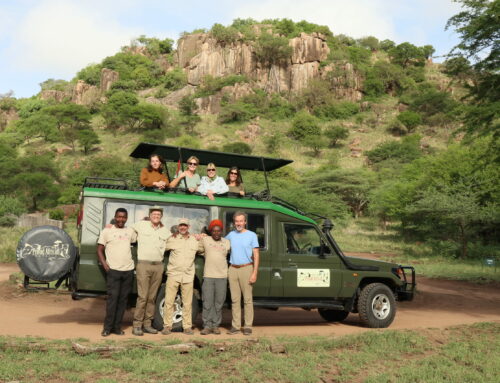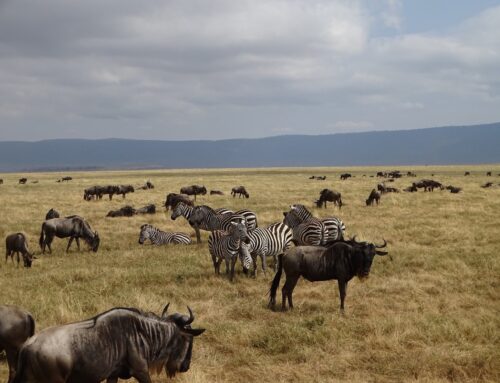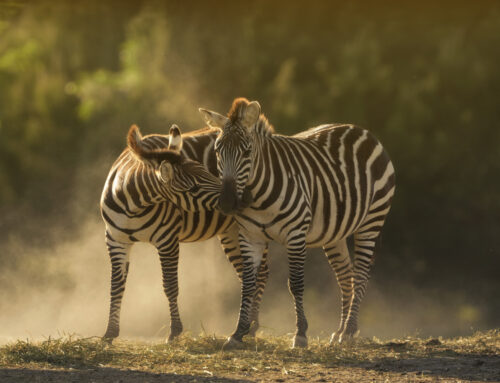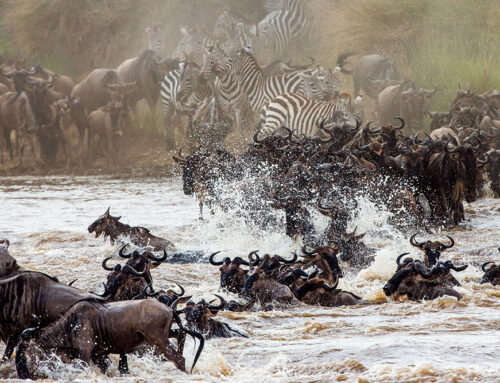In the last few weeks, the world has become aggressively aware and angered by the fires taking place across the Amazon. It has been estimated that nearly 640 million acres have been affected by the fires, forcing animals from their homes and leaving destruction in its path.
While the topic of sending help to the Amazon has finally gotten some traction, a new story recently surfaced in August, which has worked to turn our attention away.
Something Else to Think About
The story came from NASA, who shared the news that there are even more deadly Serengeti fires burning across Africa than there are in Brazil.
Naturally, animal-lovers and environmentalists alike began to change the narrative, shifting from the burning Amazon to Sub-Sahara Africa and its fire-engulfed grasslands.
What’s the real problem here?
In response, some people are worried that this has taken our attention away from a fire that requires more attention.
What many people don’t realize is that the level of harm a wildfire is causing depends on its location, and what it is burning. The Serengeti fires are traveling across grasslands, where wildfires are common to appear this time of year.
In addition, some of these fires are purposely lit by farmers, in order to encourage fresh grass and to discourage ticks and thorny plants. While the Amazon is suffering from its fires, the beautiful landscape of Africa has an essential need for their own.
In addition to all of this, forest fires like the one in the Amazon are largely a result of deforestation; the sharp corners encourage more wind to push flames further. The carbon released by these fires will take decades to reabsorb, and global emissions increase tenfold.
The Real Story
Right now, the Amazon needs our focus. With so much hearsay about political moves keeping the Amazon fires going, we cannot let the story on the Serengeti fires distract us from much more harmful events.
In the last few weeks, the world has become aggressively aware and angered by the fires taking place across the Amazon. It has been estimated that nearly 640 million acres have been affected by the fires, forcing animals from their homes and leaving destruction in its path.
While the topic of sending help to the Amazon has finally gotten some traction, a new story recently surfaced in August, which has worked to turn our attention away.
Something Else to Think About
The story came from NASA, who shared the news that there are even more deadly Serengeti fires burning across Africa than there are in Brazil.
Naturally, animal-lovers and environmentalists alike began to change the narrative, shifting from the burning Amazon to Sub-Sahara Africa and its fire-engulfed grasslands.
What’s the real problem here?
In response, some people are worried that this has taken our attention away from a fire that requires more attention.
What many people don’t realize is that the level of harm a wildfire is causing depends on its location, and what it is burning. The Serengeti fires are traveling across grasslands, where wildfires are common to appear this time of year.
In addition, some of these fires are purposely lit by farmers, in order to encourage fresh grass and to discourage ticks and thorny plants. While the Amazon is suffering from its fires, the beautiful landscape of Africa has an essential need for their own.
In addition to all of this, forest fires like the one in the Amazon are largely a result of deforestation; the sharp corners encourage more wind to push flames further. The carbon released by these fires will take decades to reabsorb, and global emissions increase tenfold.
The Real Story
Right now, the Amazon needs our focus. With so much hearsay about political moves keeping the Amazon fires going, we cannot let the story on the Serengeti fires distract us from much more harmful events.






